Beginning from this issue we will present less known and enlightening nuggets of information about our ancient culture as revealed in our temples, images, symbols, and inscriptions.
The author is a historian focussing on temple architecture, iconography and epigraphy. She is a recipient of two post-doctoral fellowships, and author of nine books and several research papers. She lives in Chennai. drchithra@gmail.com

Education was given great importance in ancient and medieval India. Many centres of learning functioned in the premises of temples or close to these shrines. One such important educational institution of the ancient Tamil country was called the ghatika.
These ghatikas functioned during the reign of the Pallava kings and even later. Though there were many ghatikas across the far-flung Pallava kingdom, the best-known was in the hoary city of Kanchipuram, the capital of the Pallavas. Kanchipuram (75 km from Chennai) is even today one of the most sacred and historical places in India.
Various explanations have been given for the Samskrit word ‘ghatika’. According to Dr. C. Minakshi, a great scholar of Pallava history, the word originates from the root `ghat’ which in Sanskrit means `to strive after’, and ghatika was an institution where students stove after higher knowledge.
This story is from the August 2019 edition of The Vedanta Kesari.
Start your 7-day Magzter GOLD free trial to access thousands of curated premium stories, and 9,000+ magazines and newspapers.
Already a subscriber ? Sign In
This story is from the August 2019 edition of The Vedanta Kesari.
Start your 7-day Magzter GOLD free trial to access thousands of curated premium stories, and 9,000+ magazines and newspapers.
Already a subscriber? Sign In

Panchakroshi Parikrama of Varanasi
At the snow-capped Kailas, the Divine Lord Shiva was seated with Mother Parvati.
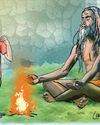
Gadai and the Monks
A fictional narrative based on incidents from the childhood of Sri Ramakrishna.
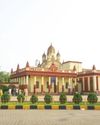
Chintayo momo maanosho Hori...
Sri Ramakrishna loved songs. There probably was no normal day when he did not sing some songs.
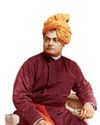
The Vedanta Vaccine
The world is still struggling under the impact of the pandemic due to Covid-19 for the last three years.

Chandrakirti's Chariot: Self in Madhyamaka Buddhism and Advaita Vedanta
The goal in Advaita Vedanta is the cessation of suffering and the attainment of true fulfillment. Suffering, according to this school, is due to ignorance of the true nature of the self and consequent erroneous identification with the body-mind.
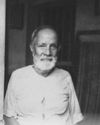
Reminiscences of Sargachhi
Question: यद्यदाचरतत श्रेष्ठसतत्तदरेवरेतरो जनिः। ‘Whatever a superior person does, others do the same thing!’ (Gita 3:21) – What does this statement mean?
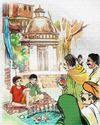
THE AUTUMN FESTIVAL
A fictional narrative based on incidents from the childhood of Sri Ramakrishna.

Bards of Guruvayur: Vilwamangalam II
Saints of India
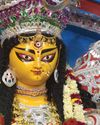
In the Universal Mother’s Divine Playground
Swami Vivekananda never taught the worship of Mother Kali. In a letter to Mary Hale he writes, “Kali worship is not a necessary step in any religion.
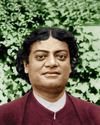
Swami Vivekananda: A Sportsman Par Excellence
In various books and articles, Swami Vivekananda has been called a spiritual leader, a prophet, a patriot, a social reformer, a philosopher, a yogi, a writer, an orator, an educationist, a musician, and so on.